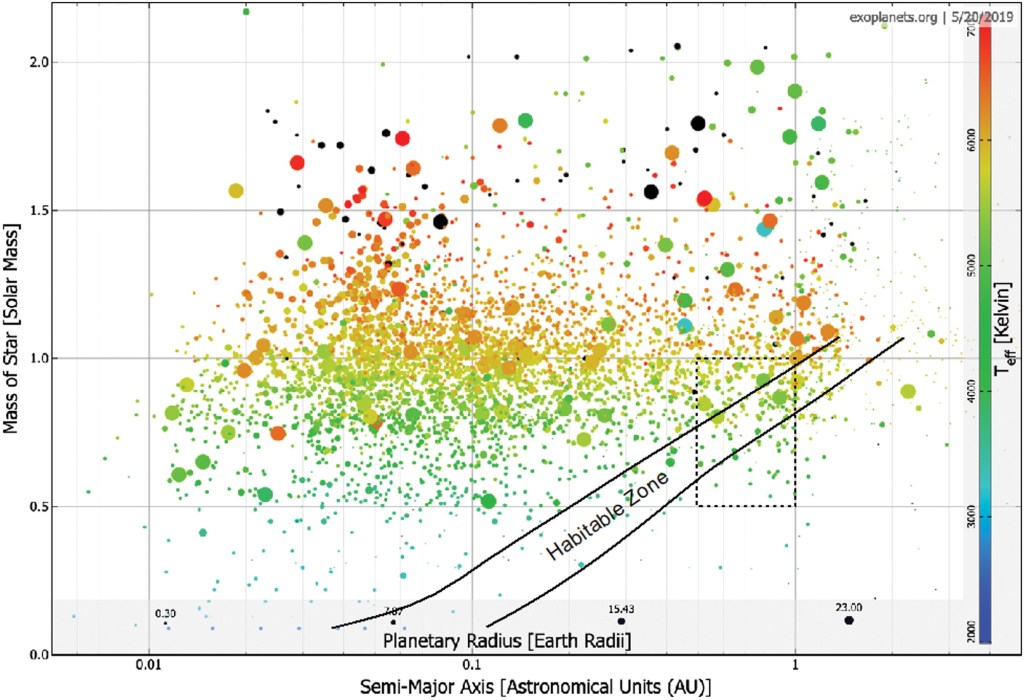
One of the narratives of the dominant litany I hate more is “we are living in the best possible world”. It is the quintessential of conformism, and given present geopolitical and social turbulence, perhaps not pure chance the insistence of governments and the established oligarchy in this litany.
World is a word overloaded with multiple meanings. When we talk or think of a better world, we usually think of an improved society. But clearly with world we may refer to people in general, human society, the universe, and yes also our planet, the Earth.
I must admit that thinking of a better planet for us (and for the rest of Earth life) seems a bit contradictory, given that we have evolved in this planet, and we are therefore adapted to the environmental conditions on Earth. That’s the reason we (some of us) are worried about the potential disruptions associated to climate change. But why not? Would it be possible to find a better planet for us, earthlings?
This is the conclusion of a study published in the journal Astrobiology last month. Dirk Schulze-Makuch, René Heller, and Edward Guinan describe the characteristics of potential “superhabitable” planets. They would be older, a little larger, slightly warmer and possibly wetter than Earth. Life could also more easily thrive on planets that circle more slowly changing stars with longer lifespans than our sun (from Table II):
- In orbit around a K dwarf star
- About 5–8 billion years old
- Up to1.5 more massive than Earth and about 10% larger than Earth
- Mean surface temperature about 5C higher than on Earth
- Moist atmosphere with 25–30% O2 levels, the rest mostly inert gases (e.g., N2)
- Scattered land/water distributed with lots of shallow water areas and archipelagos
- Large moon (1–10% of the planetary mass) at moderate distance (10–100 planetary radii)
- Has plate tectonics or similar geological/geochemical recycling mechanism as well as a strong protective geomagnetic field
And they identify 24 candidates among the exoplanets known today!
Neglecting this possible class of ‘‘superhabitable’’ planets, however, could be considered anthropocentric and geocentric biases. (…) We argue that there could be regions of astrophysical parameter space of star-planet systems that could allow for planets to be even better for life than our Earth. We aim to identify those parameters and their optimal ranges, some of which are astrophysically motivated, whereas others are based on the varying habitability of the natural history of our planet. Some of these conditions are far from being observationally testable on planets outside the solar system. Still, we can distill a short list of 24 top contenders among the >4000 exoplanets known today that could be candidates for a superhabitable planet. In fact, we argue that, with regard to the search for extrasolar life, potentially superhabitable planets may deserve higher priority for follow-up observations than most Earth-like planets.
Schulze-Makuch, D., Heller, R., and Guinan, E. (2020). In Search for a Planet Better than Earth: Top Contenders for a Superhabitable World. Astrobiology.
There is only one minor problem. None of these planet candidates is closer than 100 light years. But no worries. Who wouldn’t love travelling on board a generation star ship? (In Spanish). And we have Elon Musk here on Earth. He will come up with the perfect solution!
____________________
Featured Image: Paradise Sunny Beach
